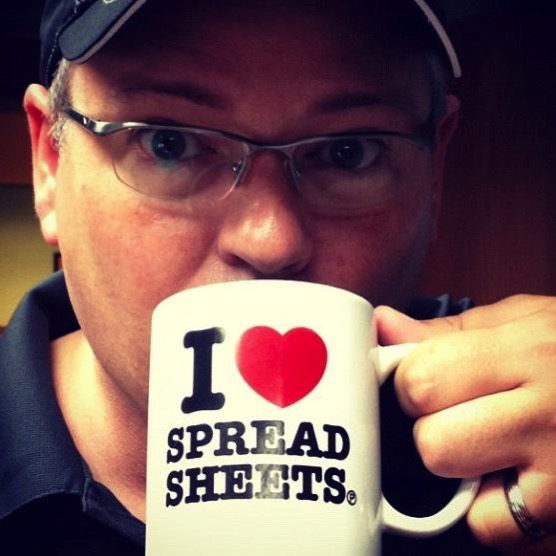
Coming from a long line of teachers, I feel very honored to be speaking today to the Coalition of Independent Education Associations. We’re doing one of my favorite types of talks—a marketing Q&A where they sent me their questions in advance so I could think about and prepare answers and examples. These types of talks become more workshop than lecture, and everyone leaves with stuff they can use immediately upon returning home.
So, what’s the surprising key to creativity? Ask teachers; they know.
Every teacher needs a lesson plan to do their best work. So, too, do you.
The key to maximum creativity? A spreadsheet!
Have advertising due dates ever snuck up on you? You committed to some advertising and then… well, kinda forgot about what to say in that advertising.
A message calendar makes it much simpler to always be prepared to either create messaging yourself or hand off the right information to whomever creates your ads.
By giving forethought to messaging and copy, you’re sure to have more effective, more powerful advertising and marketing. Well, almost always—we tell our clients that a message calendar will ensure that at least 80% of our entire year will be proactive when it comes to knowing what to say in every media channel we select. Usually, it turns out to be more like 95%, but we never know what surprises may pop up.
There are three elements to a message calendar, and they fit nicely into a simple spreadsheet.

1. TIME-FRAMES/HOLIDAYS
First of all, consider how your business breaks up a year. The default breakdown is monthly, but that doesn’t necessarily reflect your business category. For example, heating and air conditioning companies don’t necessarily break up their year by months (12) but rather by seasons (4). Don’t be tethered to the calendar months. If you know, for example, that you have a busy season that runs from Groundhog Day to Arbor Day, break out your calendar accordingly. We have one retail client who breaks down their year into thirteen four-week “windows.” List these time-frames in column A of your spreadsheet. Additionally, you might want to note important holidays on the message calendar to create a special—if short-term—theme.
2. THEMES
Next, you’ll need a core message or primary topic for each time-frame. Maybe you’re going to promote a specific collection of furniture or talk about cruise season. For heating and air conditioning companies in the southern United States, they pretty much know it’s going to be hot in the summer. That doesn’t sneak up on them. It shouldn’t sneak up on you, either. One thing you’ll notice is that it’s very likely your message calendar will be very similar from one year to the next. That’s not a bad thing. In fact, it’s a very good thing. Groups of consumers are as comfortably predictable as the seasons of your business. Your theme or themes—no more than three per period—go in column B. If you have more than one primary theme, make sure you have enough touchpoints and media channels to give each theme the attention it deserves. For most family businesses, we recommend no more than a primary theme and secondary theme.
3. TOUCHPOINTS/MEDIA CHANNELS
The remaining columns of your spreadsheet will comprise the different media channels or touchpoints you’ll use to share your theme(s) with the public. These may include (but not be limited to) a radio campaign, window displays, in-store signage and other collateral material, content marketing, social media, employee promotions/contests, etc. And while your first two columns should remain somewhat untouched once you’ve created them, these remaining media and touchpoint columns might be somewhat fluid as you add or remove channels or touchpoints. The important thing at the genesis of your message calendar is that you and your team give willful thought to how each theme might be best represented by the channels and touchpoints you currently use. Then, about a month before each new timeframe approaches, review your message calendar, your themes, and your touchpoints to make sure you’re prepared. Yes, put this in your own day-planner or calendar no less than one month before the next timeframe. With your message calendar, there’s no excuse for not being prepared for 80–95% of the messaging your company will need throughout the year, and when you’re prepared, your messaging is sure to be more effective and efficient. The first pass at a message calendar should take no more than half a day, and those few hours will pay dividends for years to come.
Planning prepares you for creativity. Learn to love spreadsheets.
(On Tuesday, October 24th, our next book Brand Your Own Business will be released. Spreadsheets and their practical and creative applications are discussed at length!)

Leave a Reply